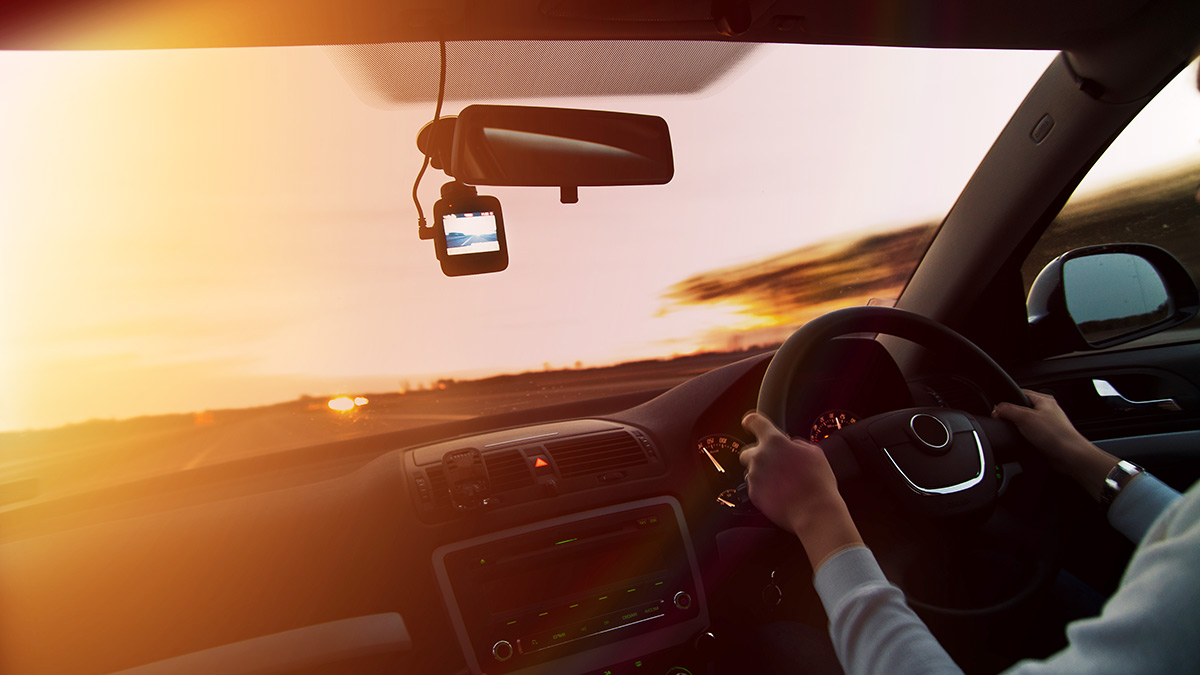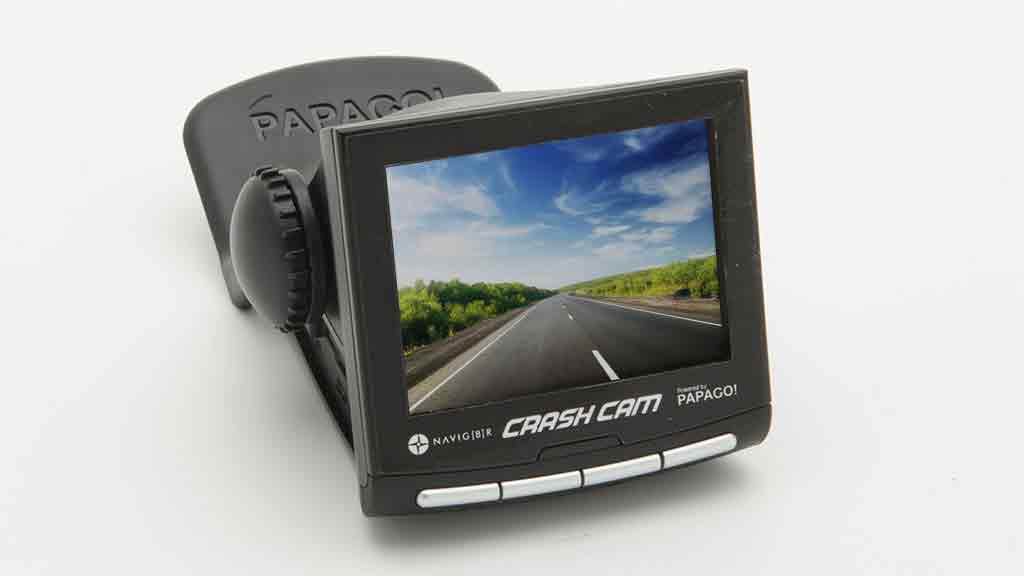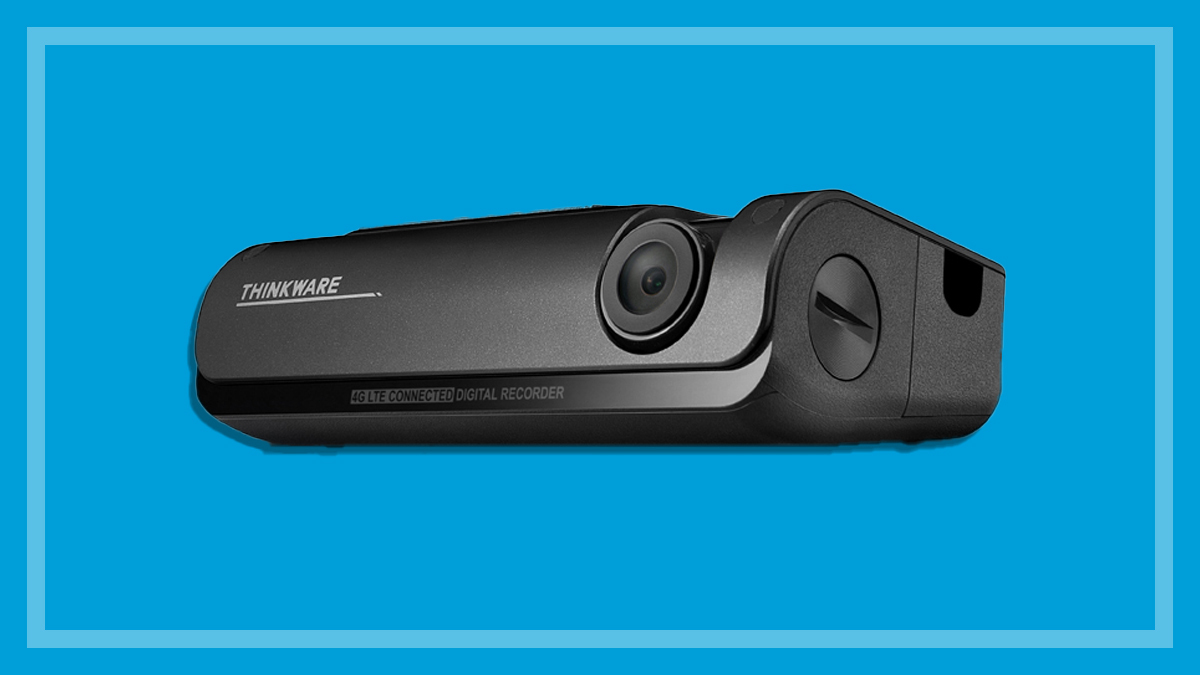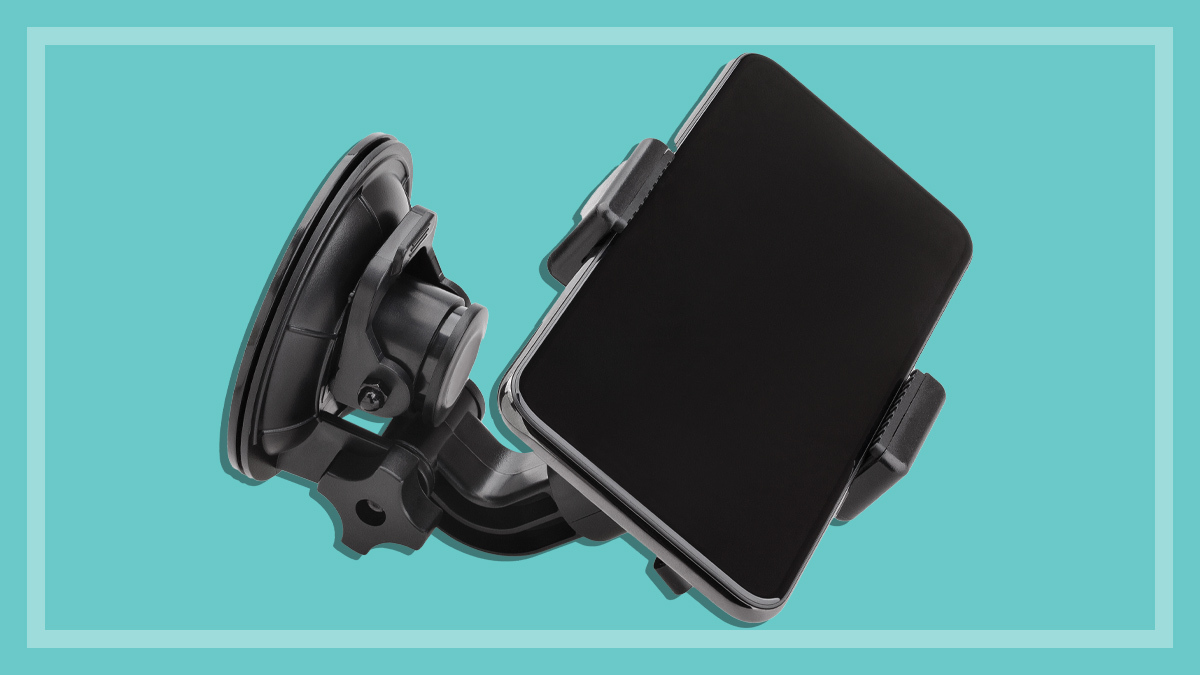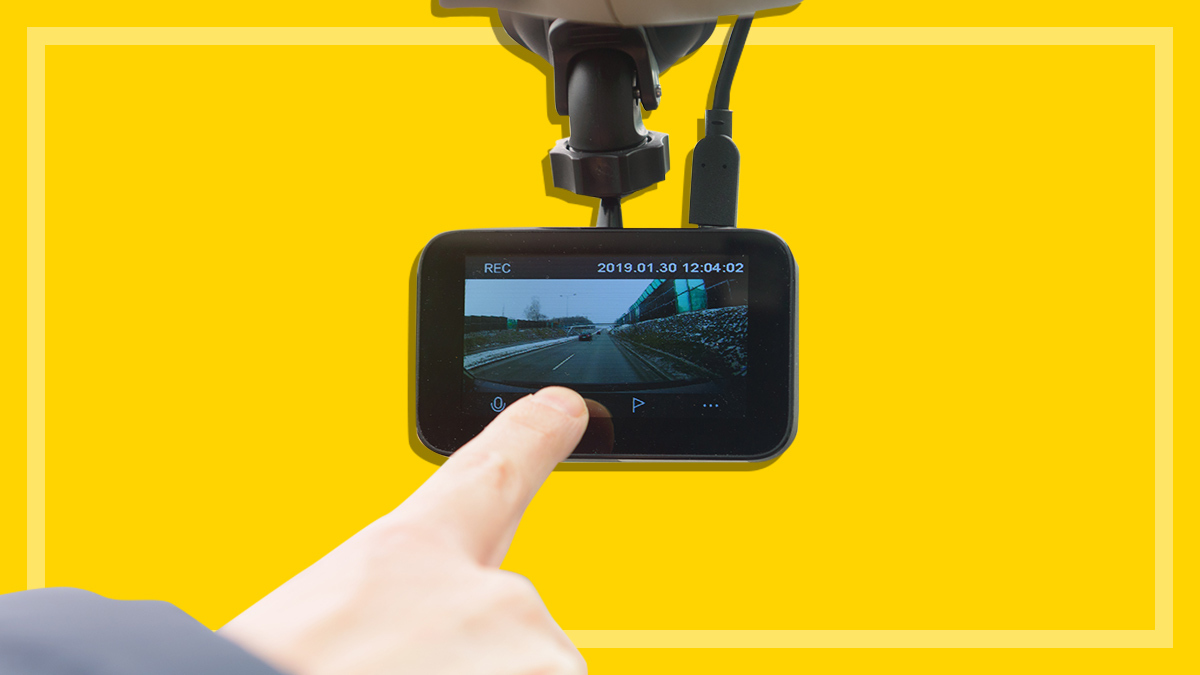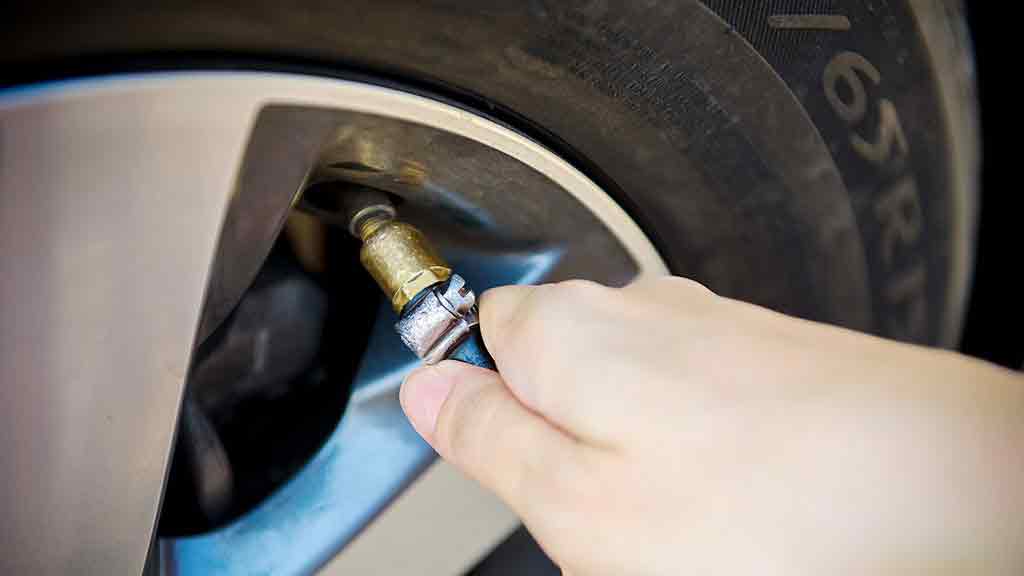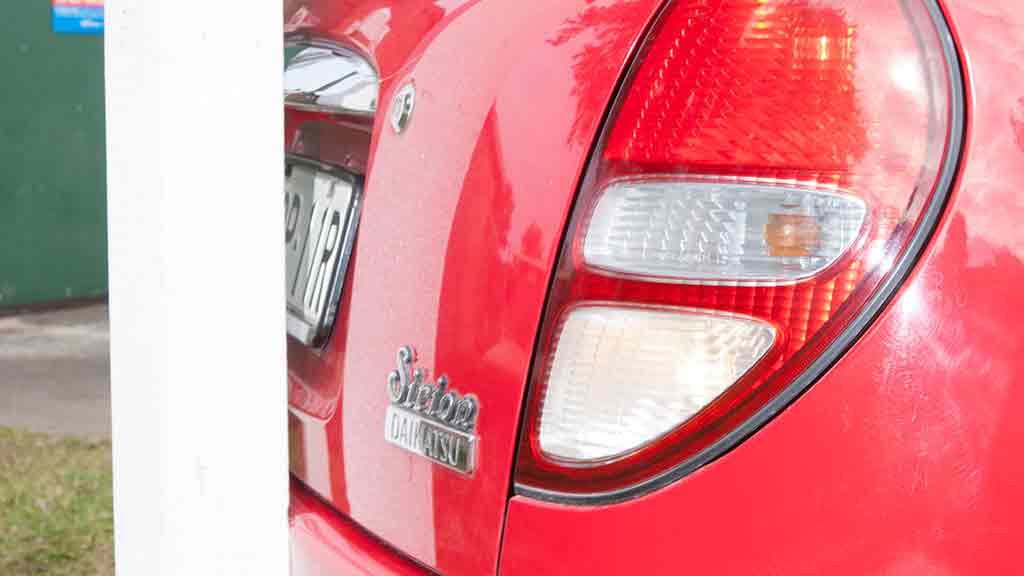How we test dash cams
In the lab and on the street, we put dashboard cameras under heat.
Last updated: 29 Sep 2021
Video from a dashboard camera – or dash cam – can be useful evidence if you’re involved in an accident or other traffic incident. But not many dash cams provide good clear video or are easy to use. We put them to the test to pick the best from the rest.
On this page:
Our expert testers
CHOICE maintains a highly professional NATA-accredited laboratory and the vast majority of our product testing is done in-house. Our testers are qualified and well-experienced in testing a wide range of products and many sit on Standards committees and belong to other professional and expert bodies.
For some products there are Australian or international standards, which usually form the basis of our testing for those products. In other cases, such as with dash cams, our testers and content producers work together to devise test methods based on the key aspects that matter to consumers.
How we choose what we review
With so many to choose from, what makes us pick one dash cam to test over another? As with most of our product testing, our aim is to test the popular brands and models on the market and what you’re most likely to see in stores.
We survey manufacturers to find out about their range of models and check market sales information and also any member requests to test specific models. We then put together a final list that goes to our buyers and they head out to the retailers and purchase each product, just as a normal consumer would. We do this so we can be sure the products are the same as any consumer would find them and not ‘tweaked’ in any way.
How we test
Performance
This is the most important aspect of our dash cam test – after all, if the recorded video isn’t clear enough to see details such as number plates and other identifying features of cars, it’s not much use to you. We look at:
- Picture quality in daylight: Our tester installs the dash cam in a car and drives a set route in clear daylight, then assesses the recorded video for clarity, fluidity of motion and colour accuracy.
- Picture quality at night: Our tester installs the dash cam in a car, drives a set route in different lighting conditions at night including well-lit main roads, tunnels and dark side streets. They assess the recorded video for clarity, fluidity of motion, colour accuracy, light balance and environmental details.
- Heat test: Our tester places each dash cam an in oven at 80°C for three hours, which is consistent with the temperatures you can get in a car in summer. He then assesses the recorded video to see if it works. If the camera fails, it earns a 0% score, with a higher score if he was able to reformat the card and continue to use the dashboard camera.
Up until recently, we conducted separate tests in low and artificial light. However, we decided to combine these tests into a single night driving picture quality test, which better reflects real-world use. The route covers similar dark, very dark and artificially lit environments (such as tunnels).
Ease of use
The lab tester assesses each model for quality of the supplied instructions, installing the camera in the car and attaching and detaching the camera from the mount (or windscreen), including adjusting the camera angle to the correct field of view. They also look at adjusting the settings on the camera viewing the recordings on the built-in display screen (if it has one) and accessing and viewing the recordings on a computer.
The ease of use score is weighted mainly towards the ease of attaching and detaching the camera from the mount or windscreen and adjusting the angle of view, as this is something you’re likely to do regularly and it’s where we see a lot of difference between models. The other factors tend to vary less between models.
Test criteria explained
The CHOICE Expert Rating is made up of:
- picture quality score in daylight (40%)
- picture quality score at night (30%)
- ease of use (15%)
- heat test (15%).
Changes to 2021 dash cams test
Models tested in 2021 were assessed under different conditions due to COVID-19 travel limits restricting access to our labs. Though the stringent method was very similar to the typical one used to test dash cams before 2021, it does mean that the results for 2021 models are not directly comparable to dash cams tested in other years.
Related
Peter Zaluzny is a Content producer in the Digital home team. He covers everything from home entertainment and personal safety devices to tech for your car and mattresses.
Peter enjoys cutting through the nonsense to help people understand the products they’re considering to buy. He helps consumers make educated, informed decisions.
Peter has a Bachelor's degree in Journalism and a Bachelor of Arts from the University of Wollongong. LinkedIn
Peter Zaluzny is a Content producer in the Digital home team. He covers everything from home entertainment and personal safety devices to tech for your car and mattresses.
Peter enjoys cutting through the nonsense to help people understand the products they’re considering to buy. He helps consumers make educated, informed decisions.
Peter has a Bachelor's degree in Journalism and a Bachelor of Arts from the University of Wollongong. LinkedIn

